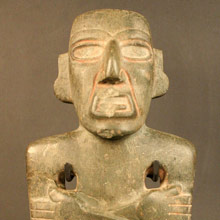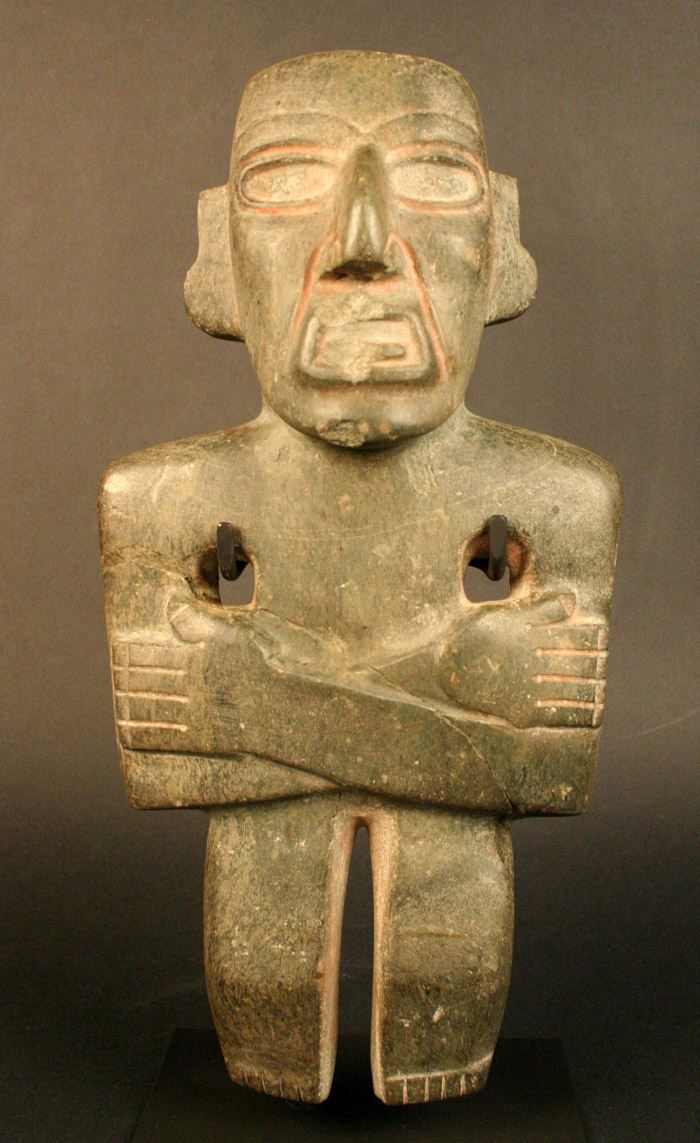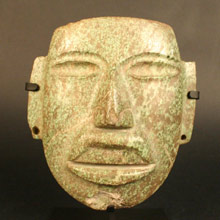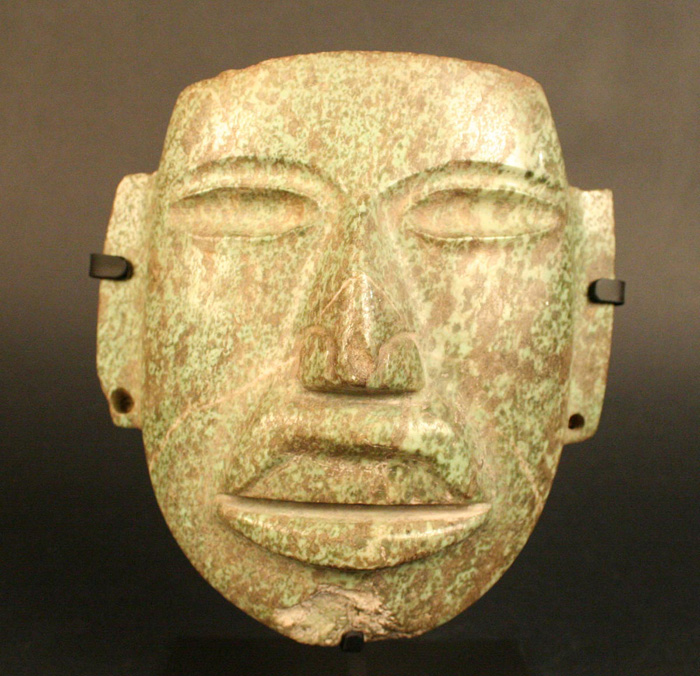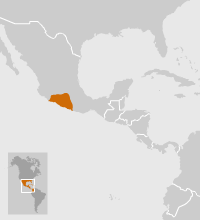The territory of the Guerrero people covered part of the southwest coast of modern-day Mexico and was flanked by the Western Sierra Madre. The region consists of both large and small valleys that are quite isolated from each other, making communications between them difficult. It is also an area of frequent seismic activity and landslides. The coast and river valleys provided the resources needed to populate and sustain the region. The Guerrero people were not a specific culture, but rather a number of groups that, in different periods and in different parts of the region, shared certain characteristics.
How to Arrive
El Museo se encuentra ubicado en pleno centro de Santiago, en la esquina de las calles Bandera y Compañía, a una cuadra de la Plaza de Armas.
Tickets
Chileans and resident foreigners: $1,000 Foreigners: $8,000 Chilean students and resident foreigners: $500 Foreign students: $4,000
Guided Visit
El Museo cuenta con un servicio de guías, sin costo adicional, para los establecimientos educacionales.
Information for Teachers
Invitamos especialmente a coordinarse con alguno de nuestros guías para programar una visita o actividades de motivación y seguimiento que aprovechen de la mejor forma la experiencia de visitarnos.
Audioguides
Download recordings of the Permanent Exhibition display texts in English, French, Portuguese and Spanish here. These audioguides are in mp3 format and are arranged by cultural area, following the same order as our exhibit galleries. Descargue desde esta página audioguías en castellano, inglés, francés y portugués con los textos de las vitrinas de la […]





































